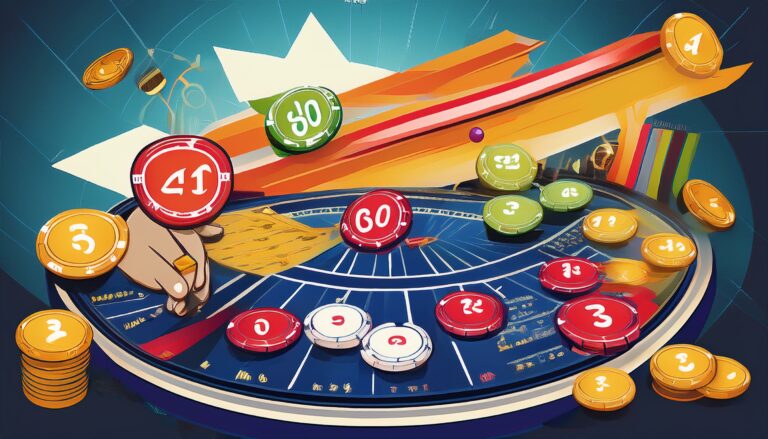Analyzing the Influence of Cricket on Cultural Exchange
Betbhai9, Betbook247: Cricket has deep roots in English history, dating back to the 16th century. Initially a leisurely pastime for the affluent, the sport gradually gained popularity among the masses. With structured rules and regulations established in the 18th century, cricket evolved into a formalized sport that captivated the nation.
As cricket grew in prominence, it became more than just a game; it became a cultural phenomenon. The sport’s spirit of fair play, teamwork, and perseverance resonated deeply with the values of English society. Cricket matches were not merely sporting events but social gatherings that brought communities together, fostering a sense of camaraderie and unity.
The Spread of Cricket to Different Cultures
Cricket, a game that originated in England, has spread far and wide across the globe over the centuries. Introduced by British colonial forces, cricket found its way to countries such as India, Australia, and the Caribbean. Through time, it became embraced not just as a sport but as a cultural symbol of unity and pride in these new territories.
As cricket gained popularity in different cultures, it evolved to reflect the unique customs and traditions of each region. In India, cricket became more than just a game but a matter of national identity, with millions of fans passionately following the matches. Similarly, in the Caribbean, cricket is not just about sport but a celebration of rhythm, flair, and camaraderie, blending music, dance, and sport into a vibrant cultural experience. Today, cricket continues to transcend borders, bringing people together in a shared love for the game.
What are the origins of cricket as a cultural phenomenon?
Cricket originated in England in the 16th century and quickly became popular among the upper class as a social pastime. It eventually evolved into a professional sport with international competitions.
How did cricket spread to different cultures?
Cricket spread to different cultures through colonization, trade, and migration. British colonial powers introduced the sport to countries like India, Australia, and the West Indies, where it gained popularity and became deeply ingrained in the local culture.
Why is cricket considered a cultural phenomenon?
Cricket is considered a cultural phenomenon because it has transcended national boundaries and become a unifying force among people from diverse backgrounds. It is not just a sport, but a way of life for many communities around the world.
How has the globalization of cricket impacted different cultures?
The globalization of cricket has led to a shared passion for the sport among people from different cultures. It has helped break down barriers and fostered a sense of camaraderie and mutual respect among nations. Additionally, it has provided economic opportunities for players and boosted tourism in cricket-playing countries.







